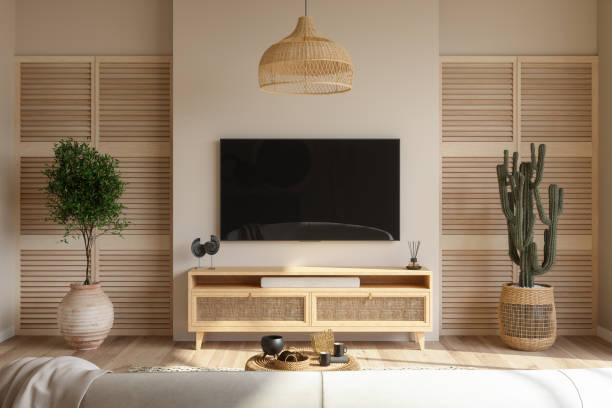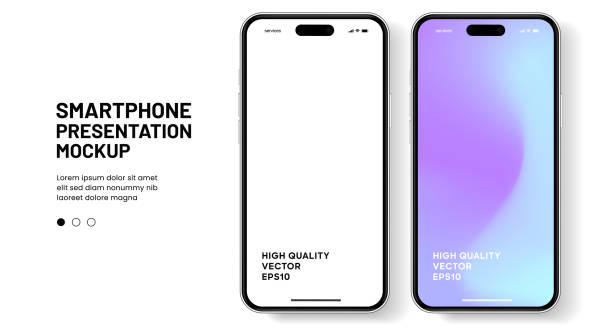Headphones: A Sonic Journey into Personal Audio Pleasure
In the realm of personal audio, headphones stand as a ubiquitous accessory, providing a portal into a world of immersive sound. From the earliest days of bulky over-ear designs to the sleek, wireless marvels of the present, headphones have evolved into more than just audio devices—they are a statement of personal style, a tool for concentration, and a gateway to a tailored auditory experience. This exploration delves into the history, key features, impact, challenges, and future trends of headphones.
Evolution of Headphones: A Historical Prelude
The concept of headphones dates back to the late 19th century when telephone operators used primitive, single-ear designs to communicate. The advent of stereo sound in the 20th century spurred the development of dual-ear headphones for a more immersive listening experience. Over time, technological advancements led to the emergence of various headphone types, including in-ear, on-ear, and over-ear designs.
The 21st century witnessed a paradigm shift with the rise of wireless technology. Bluetooth-enabled headphones freed users from the constraints of cables, ushering in a new era of convenience and mobility. Today, headphones encompass a diverse range of styles, features, and functionalities, catering to the unique preferences and needs of users.
Key Features and Components
Headphones comprise several key features and components that contribute to their functionality and performance. Here are some essential elements:
- Driver Units: The driver units are the heart of headphones, responsible for converting electrical signals into sound. Different types of driver technologies, such as dynamic, planar magnetic, and electrostatic, influence the headphone’s sound signature.
- Design and Form Factor: come in various designs, including over-ear, on-ear, and in-ear styles. The form factor influences comfort, portability, and the overall listening experience.
- Cushioning and Comfort: Comfort is paramount for prolonged listening sessions. Headphones feature various cushioning materials, such as memory foam or leather, to provide a comfortable fit and isolate external noise.
- Noise Cancellation: Noise-canceling headphones use advanced technology to reduce or eliminate ambient noise, creating a more immersive and focused listening environment. This feature is particularly popular for travel and noisy urban settings.
- Wired vs. Wireless Connectivity: Headphones may connect to audio sources through wired or wireless means. While traditional wired headphones offer high fidelity, wireless Bluetooth headphones provide greater freedom of movement.
- Battery Life: Wireless headphones are powered by internal batteries. Battery life varies between models, and longer battery life is generally preferred for extended use between charges.
- Controls and Connectivity: Modern headphones often feature touch controls or physical buttons for managing playback, adjusting volume, and handling calls. Additionally, connectivity options may include NFC (Near Field Communication) for quick pairing.
- Microphones: Headphones with built-in microphones enable hands-free calling and voice commands. Some models offer advanced microphone systems for improved call quality and voice recognition.
Impact on Personal Listening Experience
The impact of headphones on personal listening experience extends beyond the realm of audio. Here are some key areas where headphones have made a significant difference:
- Immersive Entertainment: Whether enjoying music, movies, or gaming, headphones provide an immersive audio experience that enhances the enjoyment of multimedia content. The spatial separation of sound channels contributes to a more lifelike experience.
- Concentration and Focus: Noise-canceling headphones create a cocoon of tranquility, allowing users to concentrate in noisy environments or find solace in their favorite music while working or studying.
- Personal Style and Expression: Headphones have become a fashion statement, with various brands offering a wide range of styles, colors, and designs. Users can express their personality through their choice of headphones, turning them into accessories as much as audio devices.
- Fitness and Outdoor Activities: Wireless in-ear headphones have become popular companions for fitness enthusiasts and outdoor adventurers. Their portability and secure fit allow users to enjoy music or podcasts during workouts or outdoor pursuits.
- Communication and Connectivity: The integration of microphones in facilitates hands-free communication, making them essential for phone calls, video conferences, and voice-activated virtual assistants.
Challenges and Considerations
Despite their numerous advantages, face certain challenges and considerations:
- Hearing Health Concerns: Prolonged exposure to loud music through headphones can lead to hearing damage. Practicing safe listening habits, such as using volume-limiting features and taking breaks, is crucial for maintaining auditory health.
- Quality vs. Cost: Higher-quality often come with a higher price tag. Balancing budget constraints with the desire for premium audio quality can be a challenge for consumers.
- Comfort and Fit: Individual comfort preferences vary, and finding that provide a secure and comfortable fit for extended periods can be a subjective process. Testing headphones before purchase is advisable.
- Battery Life and Charging: Wireless require periodic charging, and the longevity of the battery can be a concern for users who frequently use their headphones on the go.
- Environmental Impact: The production and disposal of electronic devices, including contribute to electronic waste. Sustainable manufacturing practices and recycling initiatives are becoming increasingly important.
Future Trends and Innovations
The future of is rife with exciting possibilities as technology continues to advance:
- Spatial Audio and 3D Sound: Advances in spatial audio technology aim to recreate a three-dimensional sound experience. This innovation could revolutionize the way users perceive and interact with audio content.
- Biometric and Health Monitoring: Future may incorporate biometric sensors for health monitoring, measuring metrics such as heart rate, body temperature, and even brain activity. These features could expand the utility of beyond audio.
- Customization and Personalization: Tailoring audio experiences to individual preferences is a growing trend. may incorporate AI algorithms to analyze listening habits and adapt sound profiles to suit the user’s unique taste.
- Augmented Reality Integration: The integration of augmented reality (AR) features could enhance the interactive aspects of audio content. This might include immersive audio experiences or information overlays in real-world environments.
- Eco-Friendly Materials and Design: With an increased focus on sustainability, future may incorporate eco-friendly materials in their construction. Manufacturers may also explore modular designs to facilitate easier repair and recycling.
Conclusion
have transcended their functional origins to become indispensable accessories in the modern world. Beyond delivering high-quality audio, they contribute to personal expression, concentration, and immersive entertainment experiences. As technology continues to advance, are poised to undergo further transformations, embracing innovations that cater to diverse user needs and preferences. Whether wired or wireless, noise-canceling or sport-oriented, headphones continue to be essential companions in the sonic journey of individuals around the globe, shaping the way we listen and connect with the world .





